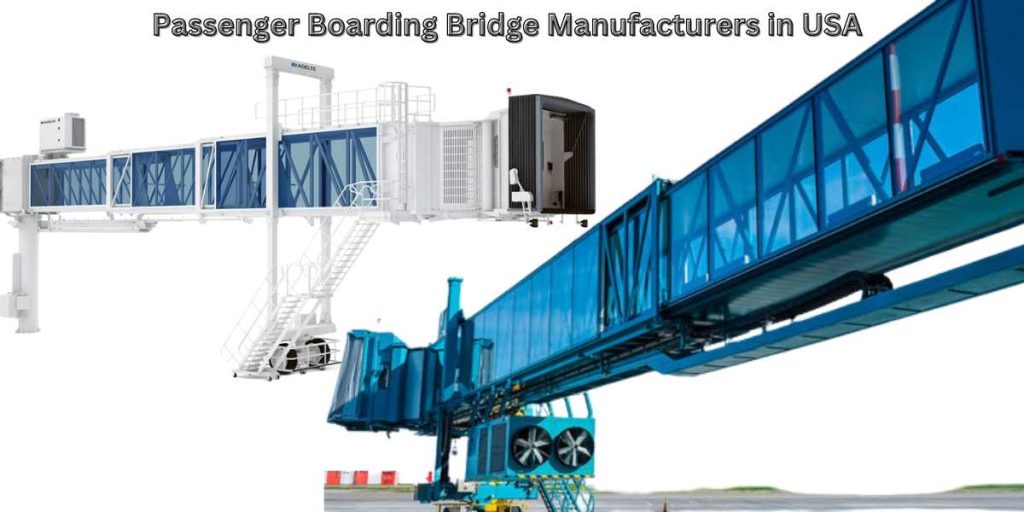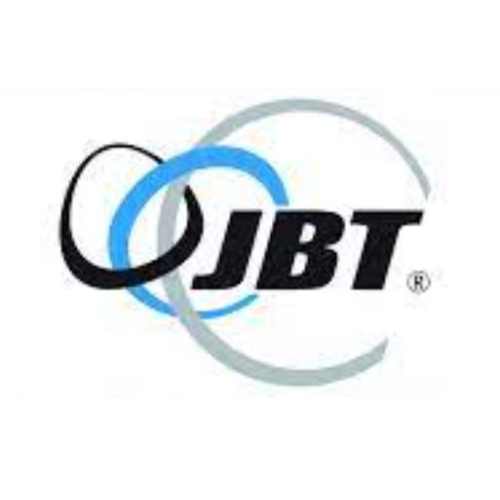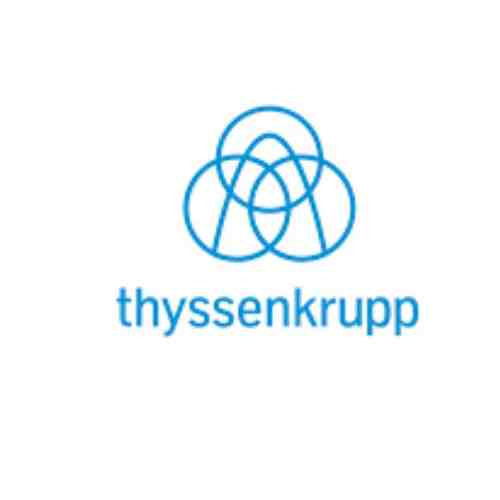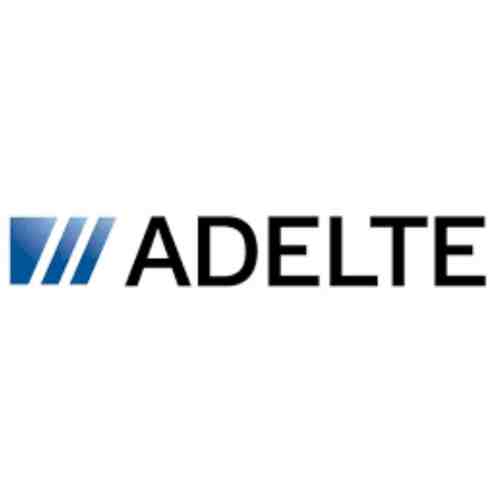Exploring Passenger Boarding Bridges in United States in 2025
The hustle and bustle of an airport is a symphony of coordinated chaos. Amidst the flurry of check-ins, security lines, and luggage carousels, a vital piece of infrastructure often goes unnoticed: the passenger boarding bridge (PBB), also known as an airbridge or jet bridge. These enclosed, extendable walkways connect the terminal building directly to the aircraft door, ensuring a smooth and efficient boarding process for passengers.
But PBBs are more than just a convenient way to board a plane. They’re marvels of modern engineering, constantly evolving to meet the demands of a growing aviation industry in the United States. In this comprehensive exploration, we’ll delve into the world of passenger boarding bridges in the US in 2024, examining everything from the manufacturers shaping this space to the cutting-edge technologies transforming air travel.

The American PBB Landscape: A Manufacturing Powerhouse
The United States boasts a robust passenger boarding bridge industry, brimming with talented manufacturers. These companies are not just building bridges; they’re crafting innovative solutions that enhance the passenger experience and optimize airport operations. Here are some key players to watch:
- JBT AeroTech: A leading name in airport ground equipment, JBT AeroTech offers a comprehensive portfolio of PBBs, including traditional and automated models.
- IBE Airport Systems: Renowned for their focus on passenger comfort and safety, IBE Airport Systems designs and manufactures high-quality boarding bridges.
- Vanderlande Industries: A global leader in baggage handling systems, Vanderlande Industries also offers a range of PBB solutions, known for their efficiency and durability.
These are just a few examples, and the landscape is teeming with other prominent manufacturers like VAL, CUTECH, and IDL. This competitive environment fosters continuous innovation, ensuring American-made Modern PBBs remain at the forefront of technological advancements.
Bridging the Gap: Technology at the Forefront
Passenger boarding bridge technology is undergoing a fascinating transformation in the US. Here are some exciting trends shaping the future:
- Automated PBBs: Imagine a boarding bridge that maneuvers itself to the aircraft door, eliminating the need for manual positioning. This futuristic concept is becoming a reality with automated PBBs. These intelligent systems use sensors and software to ensure precise docking and improve efficiency.
- Triple-Tunnel PBBs: Catering to the growing size of modern aircraft, triple-tunnel PBBs offer three separate enclosed passageways. This innovative design allows for simultaneous boarding and deplaning of passengers from different sections of the aircraft, significantly reducing turnaround times.
- Sustainable PBBs: Environmental consciousness is at the heart of modern aviation. Energy-efficient PBBs are being developed, featuring LED lighting systems and advanced climate control to minimize energy consumption.
These technological advancements are not just about convenience and efficiency; they represent a commitment to creating a more sustainable and enjoyable air travel experience in the US.
Soaring High: US Aviation Trends in 2024
The US aviation industry is on an upward trajectory in 2024. Here are some key trends influencing the demand for PBBs:
- Increased Passenger Traffic: As the global economy rebounds, passenger traffic is expected to rise significantly in the US. This surge will necessitate more efficient boarding processes, making advanced PBBs a valuable asset for airports.
- Focus on Regional Travel: The demand for regional flights within the US is projected to grow. This trend will likely lead to increased investment in smaller airports, many of which will require new or upgraded PBBs.
- Emphasis on Passenger Experience: Airlines and airports are prioritizing passenger comfort and satisfaction. Modern PBBs with improved accessibility features and passenger-centric designs will be in high demand.
These trends underscore the critical role PBBs play in ensuring a smooth and efficient air travel experience for passengers in the US.
Building a Greener Future: Sustainable PBBs Take Flight
Sustainability is a major concern for the aviation industry, and PBBs are no exception. Here’s how the US is leading the charge in creating eco-friendly boarding bridges:
- Energy-Efficient Designs: Manufacturers are focusing on lightweight materials and innovative climate control systems to reduce the overall energy consumption of PBBs.
- Renewable Energy Integration: The incorporation of solar panels on the roofs of PBBs is being explored, allowing them to generate their own clean energy.
- Sustainable Materials: The use of recycled materials in the construction of PBBs is gaining traction, minimizing environmental impact.
By embracing these sustainable practices, the US PBB industry is contributing to a greener future for air travel.
Price List
Due to the complexity and customization involved with passenger boarding bridges (PBBs), it’s difficult to provide a single, definitive price for one in the United States. However, I can offer some insights to help you estimate the cost:
- Factors Affecting Price: Several factors influence the final price of a PBB, including:
- Type of PBB: Basic PBBs for smaller aircraft will be less expensive than complex, multi-level bridges designed for giant airplanes.
- Features: Automated PBBs, triple-tunnel bridges, and those with advanced passenger amenities will cost more than standard models.
- Manufacturer: Different manufacturers have varying pricing structures based on materials, technology, and brand reputation.
- Customization: Any modifications or special features requested by the airport will add to the cost.
- Price Range: Given these variables, a rough estimate for a PBB in the US can range from USD 1 million to USD 5 million or even higher.
Here are some suggestions for getting a more accurate price:
- Contact Manufacturers: Reach out directly to PBB manufacturers like JBT AeroTech, IBE Airport Systems, or Vanderlande Industries. They can provide quotes based on your specific needs.
- Industry Reports: Look for industry reports on the passenger boarding bridge market. These reports may contain pricing information or trends.
- Airport Authority Inquiries: Contact the relevant airport authority managing the airport you’re interested in. They might have budgetary information related to PBB procurement.
Get a Quote from Top 6 Global Leader PBB Manufacturers
FAQs
What are passenger boarding bridges used for in the US?
Passenger boarding bridges in the United States are enclosed, elevated walkways that connect airport terminals directly to airplane doors. They allow passengers to board and disembark aircraft comfortably and safely, regardless of weather conditions.
Are all passenger boarding bridges in the US the same?
No, passenger boarding bridges in the US come in various types. Some are basic models for smaller planes, while others are complex, multi-level bridges designed for giant airplanes. Features like automation and multiple passenger tunnels also vary.
Who makes passenger boarding bridges in the US?
The United States has a robust passenger boarding bridge industry with several prominent manufacturers. Some leading names include JBT AeroTech, IBE Airport Systems, and Vanderlande Industries. These companies are constantly innovating to create more efficient and passenger-friendly bridges.






